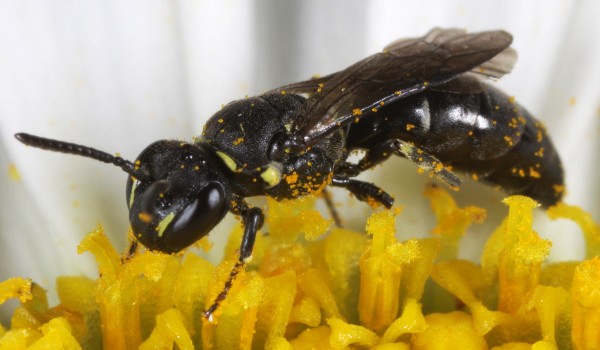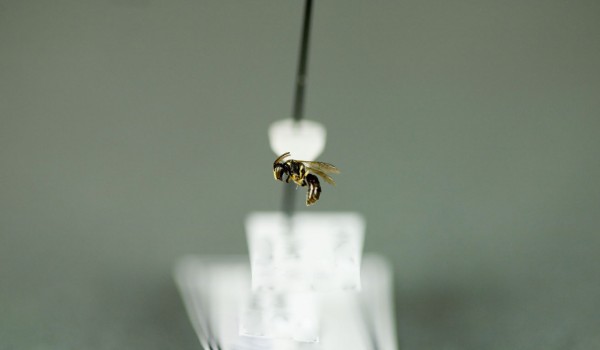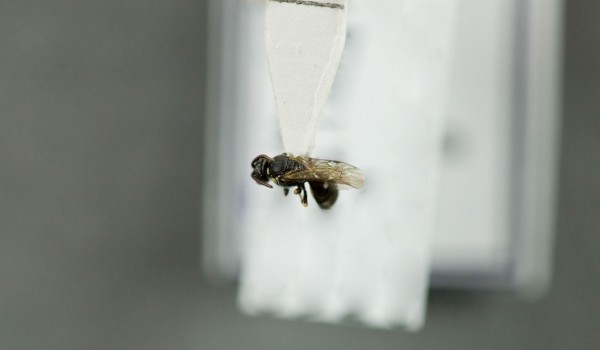Bees, Wasps, and Ants (Hymenoptera)
Yellow-faced Bees
ColletidaeThese are solitary bees, meaning that each female builds her own nest in which she lives and lays her eggs. Nests are often built in the ground, in plant stems, tunnels of wood-boring insects, or abandoned bee/wasp nests. Many species consume nectar, and pollinate flowers as they forage. Instead of carrying pollen on their bodies, some species swallow it and store it in their crop.
Representative Genera and Species:
Hylaeus, Colletes
Pollinator Life Cycle:
They have four life stages: egg, larva, pupa, and adult. Females build their nests and then use a waterproof and fungus-resistant liquid to line their brood cells. They provision the nest with pollen masses to feed their offspring. The larvae develop completely within the cell, emerging as adults.
Rarity Status:
The status of Canadian species has not yet been assessed, and none are legally protected.
Physical Appearance:
These slender bees vary in appearance. Their short tongue has a bi-lobed or squared-off tip. Most species are 7-15 mm long and have black bodies covered with light coloured hair and a banded pattern on their abdomen. Some have a distinctive heart-shaped face. Species of the genus Hylaeus are smaller (5-7 mm long) and relatively hairless. They are typically shiny black with white or yellow markings on their face, thorax, and legs. Unlike other species, they lack scopae for carrying pollen.
Pollinator Habitat:
They are often found in urban areas, forests, woodlands, and other areas where flowers occur. Their nests are typically built in the ground or in plant stems.
Canadian Distribution:
- Alberta
- British Columbia
- Manitoba
- New Brunswick
- Newfoundland/Labrador
- Northwest Territories
- Nova Scotia
- Ontario
- Prince Edward Island
- Quebec
- Saskatchewan
- Yukon
Prairie Types:
- Fescue Prairie
- Mixed Grass Prairie
- Tall Grass Prairie
Associated Plants:
-
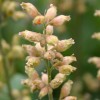 Alumroot
Alumroot
-
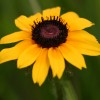 Black-eyed Susan
Black-eyed Susan
-
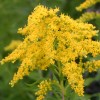 Canada Goldenrod
Canada Goldenrod
-
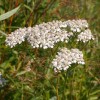 Common Yarrow
Common Yarrow
-
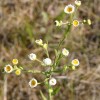 Daisy Fleabane
Daisy Fleabane
-
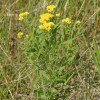 Flat-top Goldenrod
Flat-top Goldenrod
-
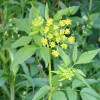 Golden Alexander
Golden Alexander
-
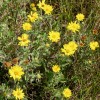 Hairy Golden Aster
Hairy Golden Aster
-
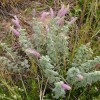 Hairy Prairie-clover
Hairy Prairie-clover
-
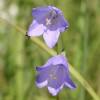 Harebell
Harebell
-
 Heart-leaved Alexander
Heart-leaved Alexander
-
 Large-flowered False Dandelion
Large-flowered False Dandelion
-
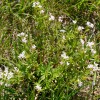 Long-leaved Bluets
Long-leaved Bluets
-
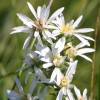 Many-flowered Aster
Many-flowered Aster
-
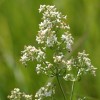 Northern Bedstraw
Northern Bedstraw
-
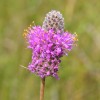 Purple Prairie-clover
Purple Prairie-clover
-
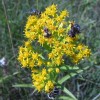 Riddell's Goldenrod
Riddell's Goldenrod
-
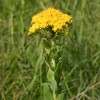 Rigid Goldenrod
Rigid Goldenrod
-
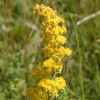 Showy Goldenrod
Showy Goldenrod
-
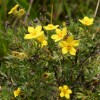 Shrubby Cinquefoil
Shrubby Cinquefoil
-
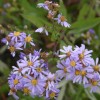 Smooth Aster
Smooth Aster
-
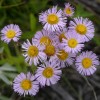 Smooth Fleabane
Smooth Fleabane
-
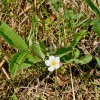 Smooth Wild Strawberry
Smooth Wild Strawberry
-
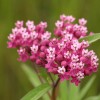 Swamp Milkweed
Swamp Milkweed
-
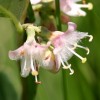 Western Snowberry
Western Snowberry
-
 White Cinquefoil
White Cinquefoil
-
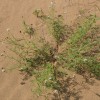 White Prairie-clover
White Prairie-clover
-
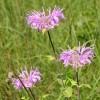 Wild Bergamot
Wild Bergamot







